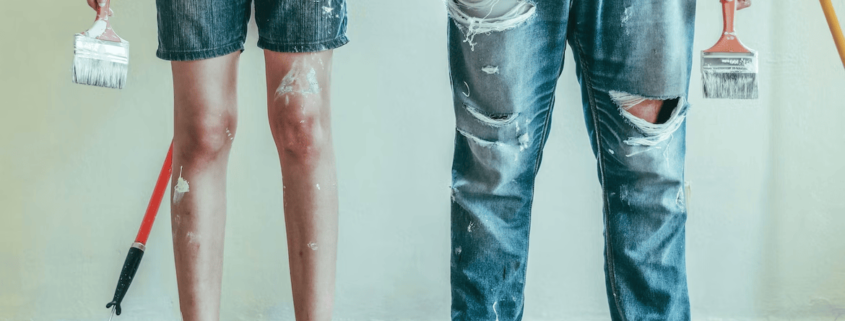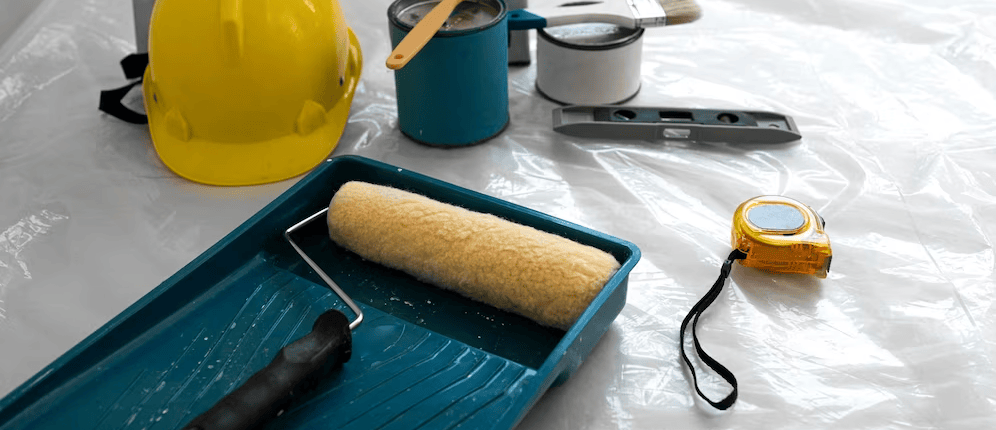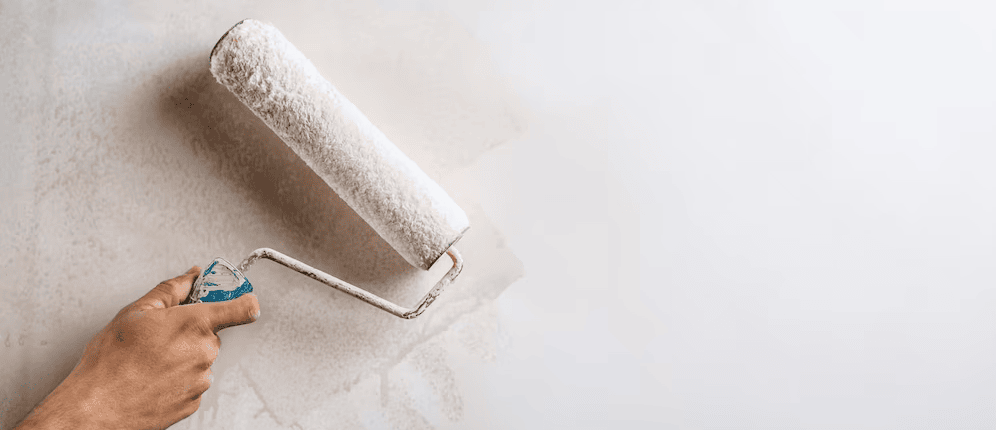Paint Your Way to Profit: Increase Home Resale Value Overnight!
Discover the secrets to boosting your home’s resale value with the perfect paint colors! From timeless neutrals to soothing blues and trendy accents, unlock the potential of your property overnight. With expert tips from Patrick’s Painting & Home Improvement, transform your space and maximize profits effortlessly.
When it comes to preparing your home for sale, every detail matters. From curb appeal to interior aesthetics, potential buyers are scrutinizing every aspect of your property. One often overlooked but crucial element is the choice of paint colors. As the owner of Patrick’s Painting & Home Improvement and with decades of experience in the industry, I’ve witnessed firsthand the impact that the right colors can have on a home’s resale value. In this guide, I’ll share insights into color psychology, popular paint choices, and practical tips to help you boost your home’s resale value with paint.
The Color Psychology
 (source: https://www.singhhomes.com/color-trends)
(source: https://www.singhhomes.com/color-trends)
Color isn’t just a matter of aesthetics; it’s deeply intertwined with human psychology. Certain colors can evoke specific emotions and influence behaviors. For instance, neutral tones like beige and gray convey a sense of calm and sophistication, making them ideal for creating a neutral backdrop that appeals to a wide audience.
Choosing Colors for Broad Appeal
When selecting paint colors for resale, it’s essential to consider the preferences of a diverse pool of potential buyers. While you may love a bold accent wall in your living room, it could be a turn-off for someone with a different taste. Opting for universally appealing colors like soft blues, greens, and warm earth tones ensures that your home will appeal to a broader range of buyers, ultimately increasing your home’s resale value.
Popular Paint Colors for Increasing Resale Value
A. Neutral Tones:
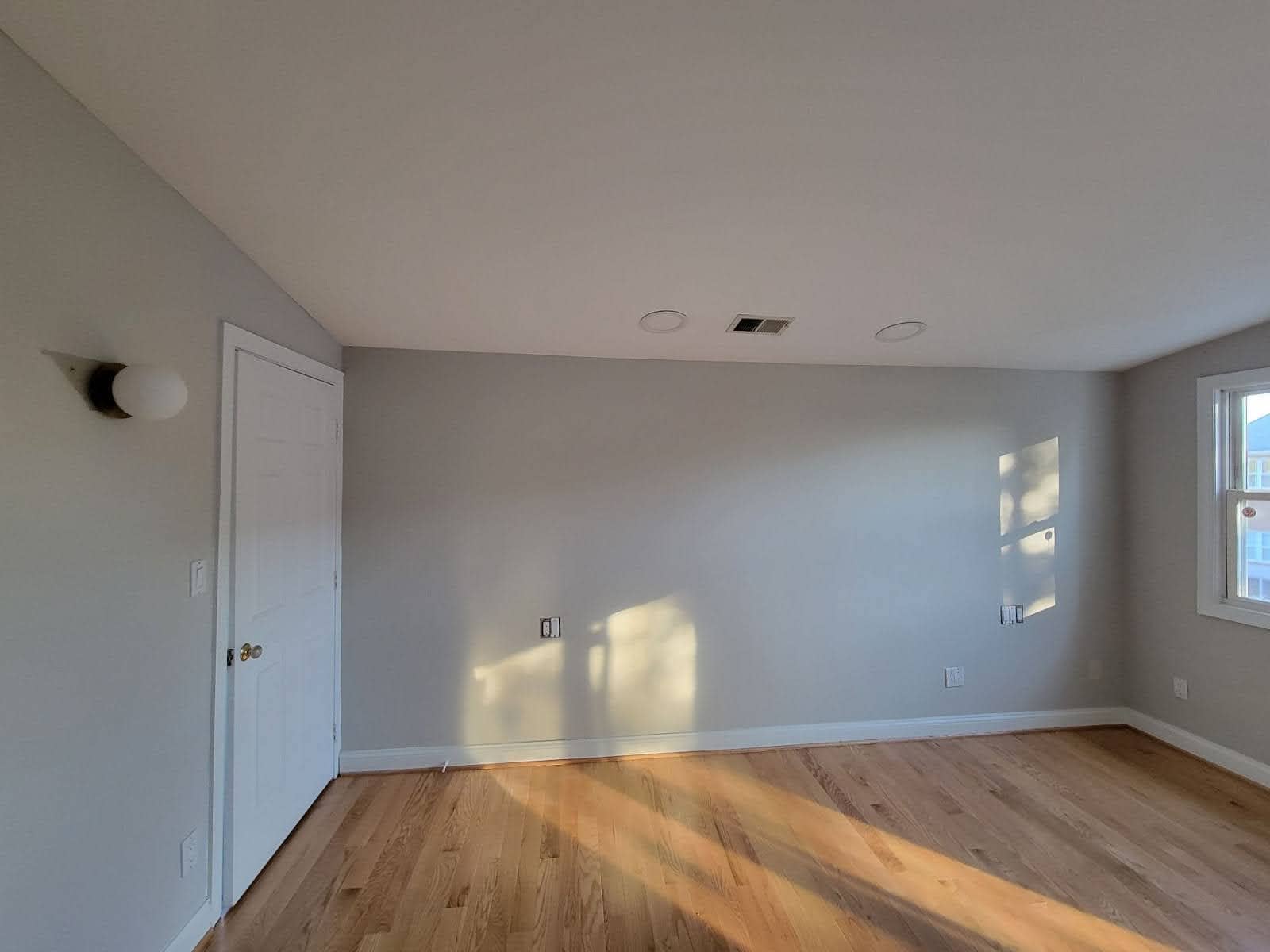
Neutral colors are timeless classics for a reason. They provide a versatile canvas that allows potential buyers to envision their own furnishings and decor in the space. Whether it’s a soothing beige or a sophisticated gray, neutral tones create a sense of cohesion and flow throughout your home, making it more inviting to prospective buyers.
B. Soft Blues and Greens:
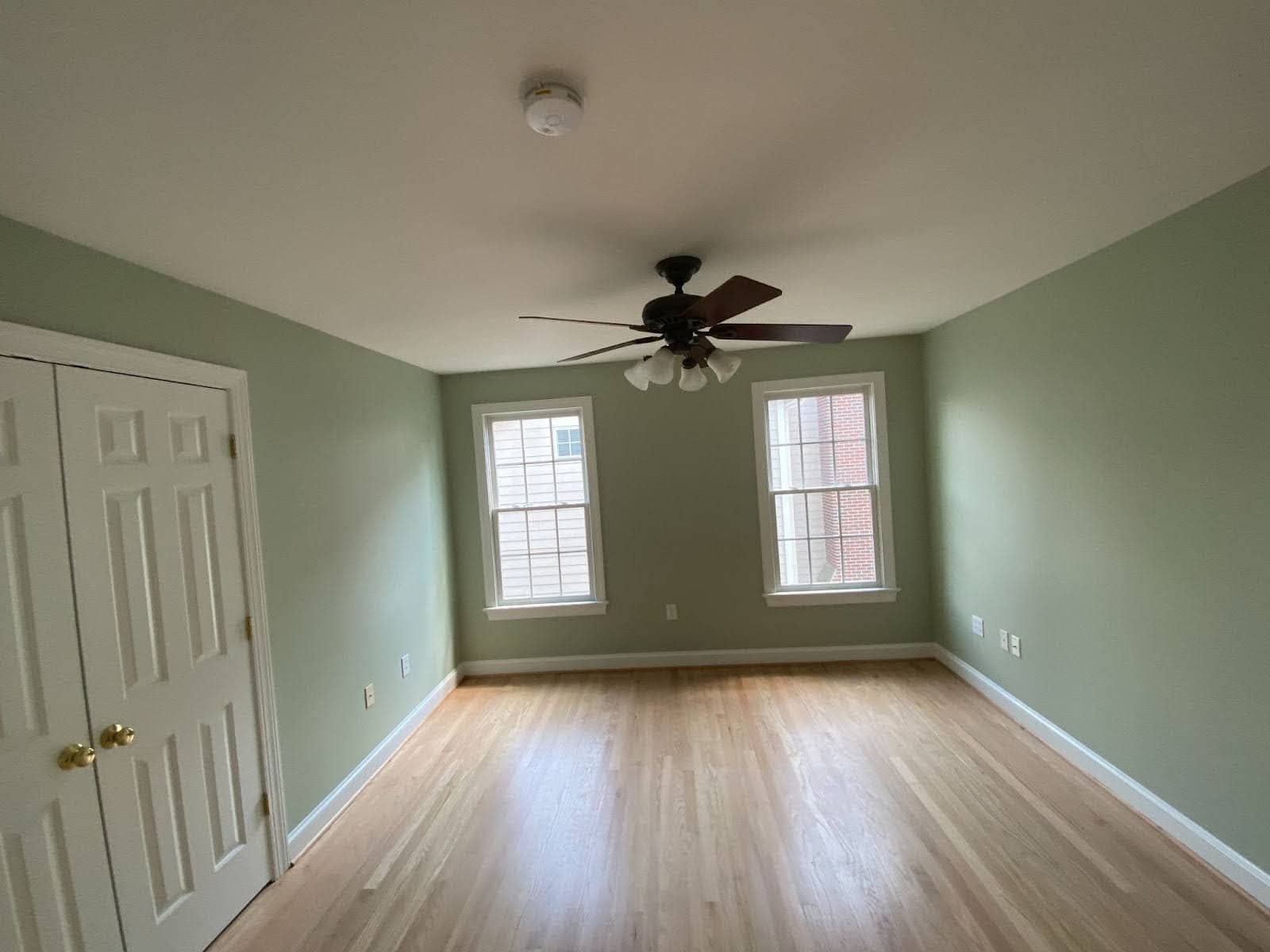
One of my favorite tricks for creating a serene and inviting atmosphere is to incorporate soft blues and greens into a home’s interior. These colors are reminiscent of nature and evoke feelings of tranquility and relaxation. In a recent project, I painted a master bedroom in a soft, airy blue, and the homeowners reported that it instantly transformed the space into a peaceful retreat that prospective buyers couldn’t resist.
C. Warm Earth Tones:

Warm earth tones like terracotta, caramel, and olive are another excellent choice for boosting your home’s resale value. These colors add warmth and coziness to any room, creating a welcoming ambiance that buyers find irresistible. Whether used as accent walls or throughout the entire home, earthy hues can make your property feel like a haven from the hustle and bustle of everyday life.
Accent Colors and Trends
Incorporating Accent Colors
Incorporating Accent Colors
While neutral tones form the foundation of your home’s color palette, accent colors add personality and visual interest. When used strategically, accent colors can highlight architectural features, create focal points, and tie together different areas of your home. For instance, a pop of bold color on the front door can instantly boost curb appeal and make a memorable first impression on potential buyers.
Current Color Trends
Staying abreast of current color trends is essential for keeping your home looking fresh and modern. However, it’s essential to approach trends with caution and use them sparingly to avoid dating your home prematurely. In my experience, incorporating trendy colors through accessories, furnishings, and decor accents allows you to experiment with bold hues without committing to a permanent change.
Practical Considerations and Tips
Lighting and Space
One of the most critical factors to consider when choosing paint colors is lighting. Natural light can dramatically alter the appearance of paint colors throughout the day, so it’s essential to test your chosen hues in different lighting conditions before committing. Additionally, consider the size and layout of each room when selecting colors—lighter shades can make small spaces feel more expansive, while darker colors can add intimacy to larger rooms.
Quality and Durability
Investing in high-quality paint and professional application ensures that your home’s interior and exterior look their best for years to come. Cheap paint may save you money upfront, but it’s likely to fade, chip, or peel over time, detracting from your home’s resale value. Opt for durable, washable paints with a matte or eggshell finish for interior walls, and choose exterior paints formulated to withstand Virginia’s climate extremes for lasting curb appeal.
Professional Assistance
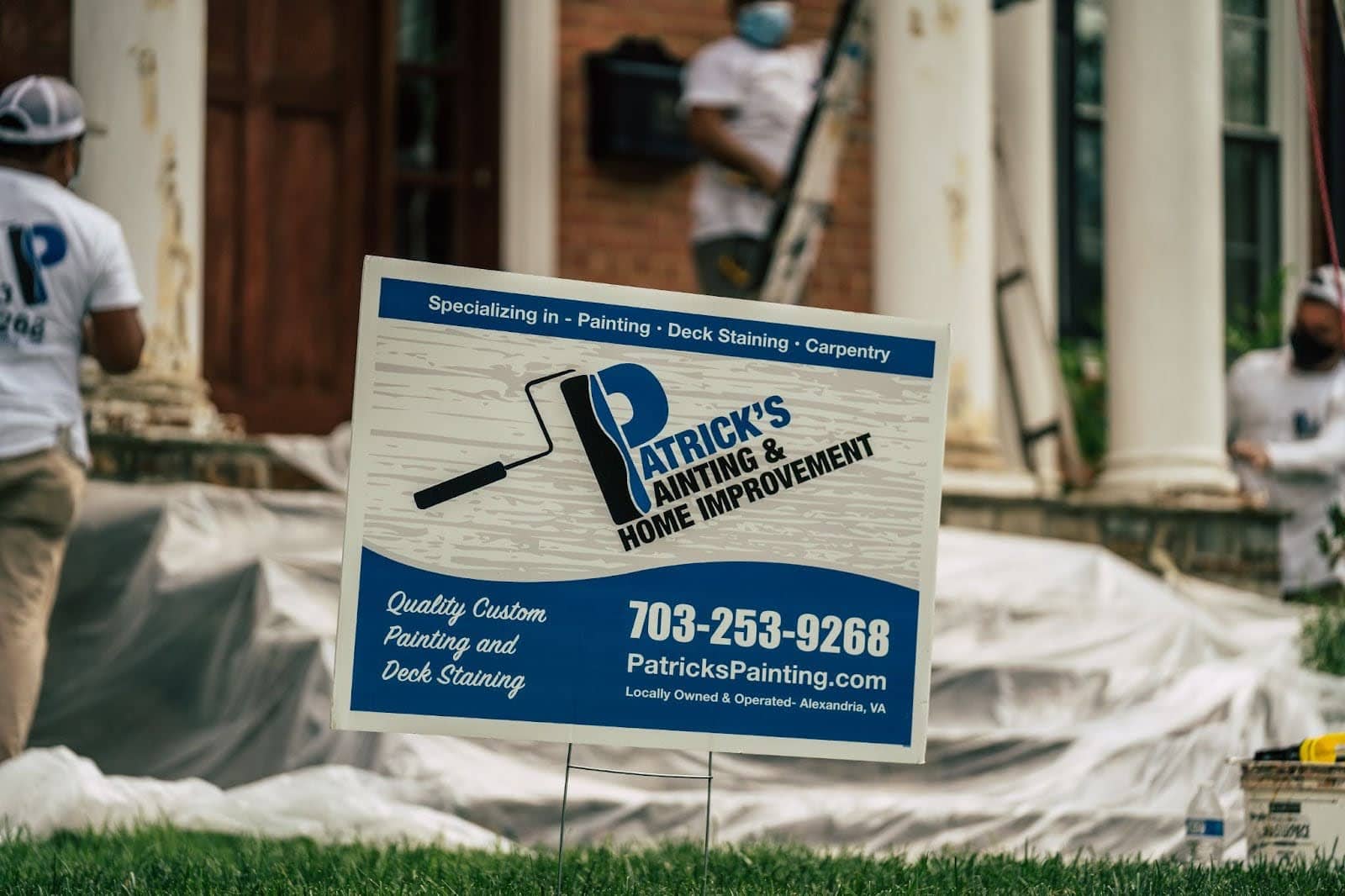
Finally, don’t hesitate to enlist the help of a professional painting contractor like Patrick’s Painting & Home Improvement. As experienced experts in color consultation and application techniques, we can help you navigate the myriad choices available and ensure a flawless finish that maximizes your home’s resale potential. From selecting the perfect paint colors to executing precision painting, we’re here to help you increase your home’s resale value with paint.
Conclusion
In the competitive real estate market, every advantage counts. By choosing the right paint colors for your home, you can significantly increase its resale value and appeal to potential buyers. Whether you opt for timeless neutrals, soothing blues, and greens, or warm earth tones, the key is to create a cohesive color palette that enhances your home’s aesthetic appeal and leaves a lasting impression on buyers. With the guidance of a professional painting contractor and a keen understanding of color psychology, you can transform your home into a profitable investment that stands out in the market.

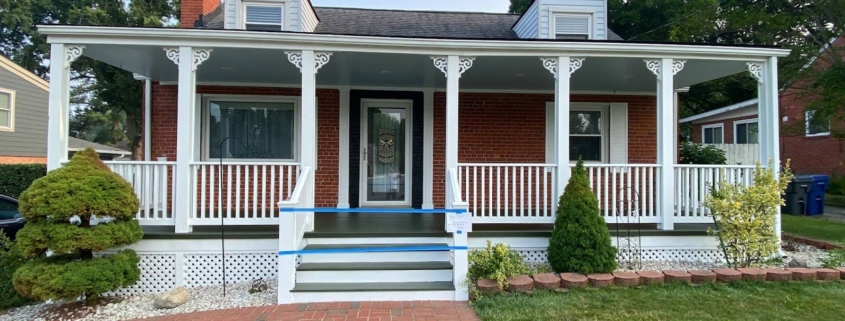
 Freepik
Freepik
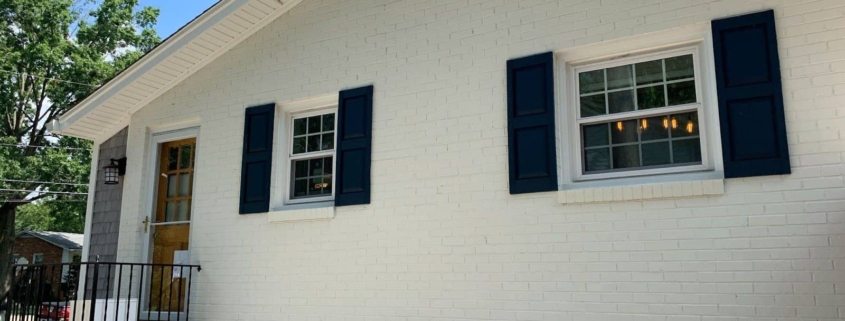
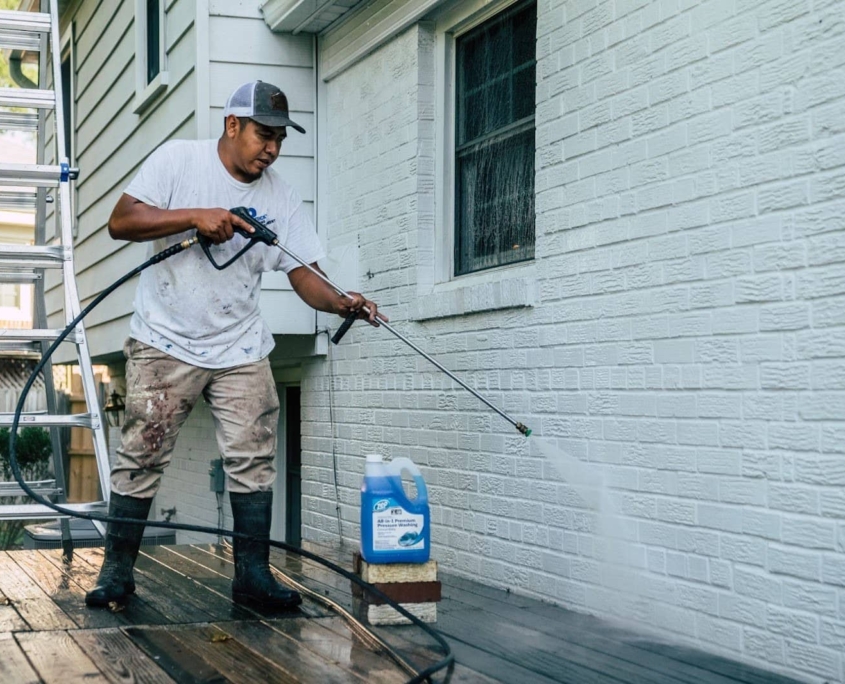


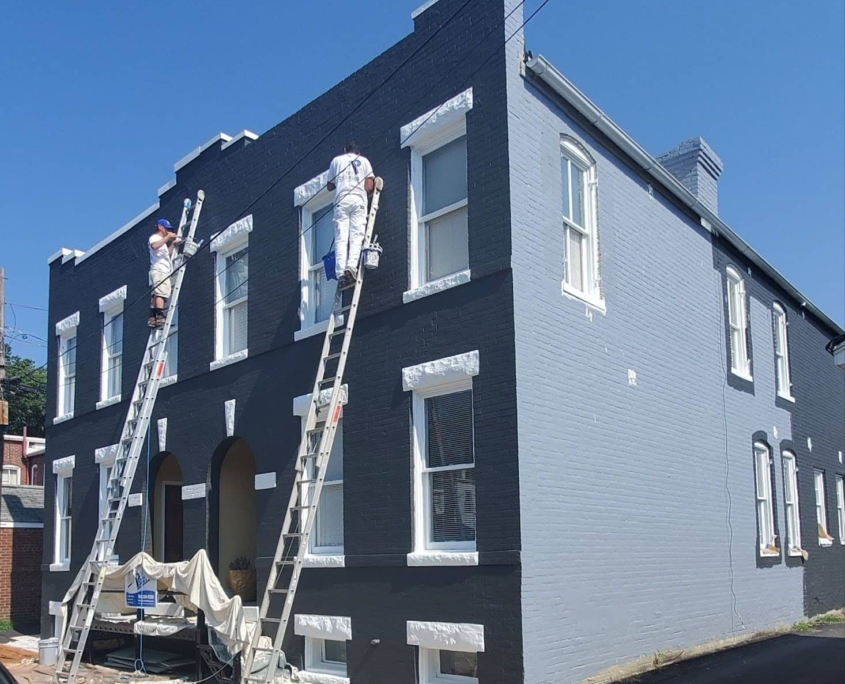
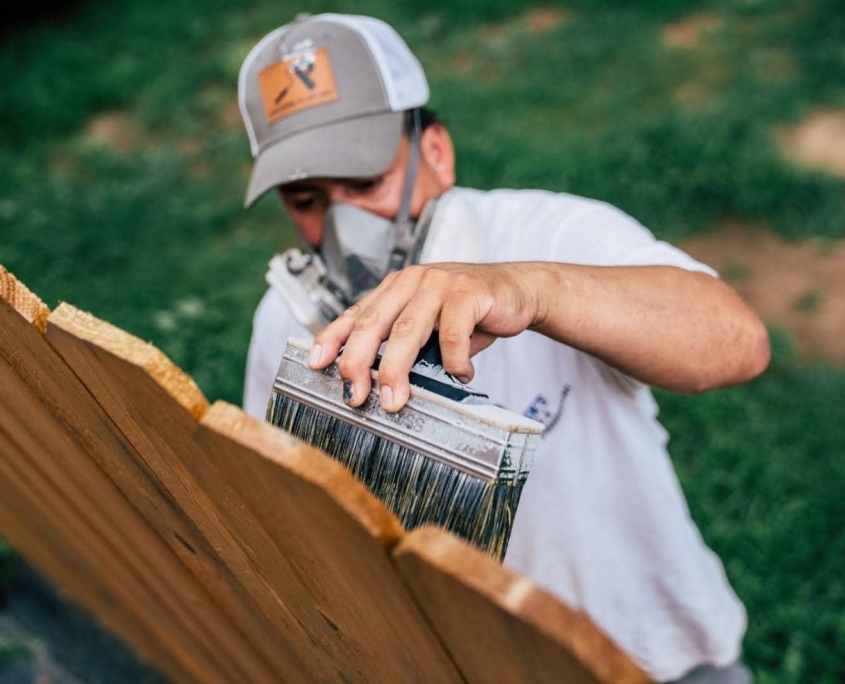

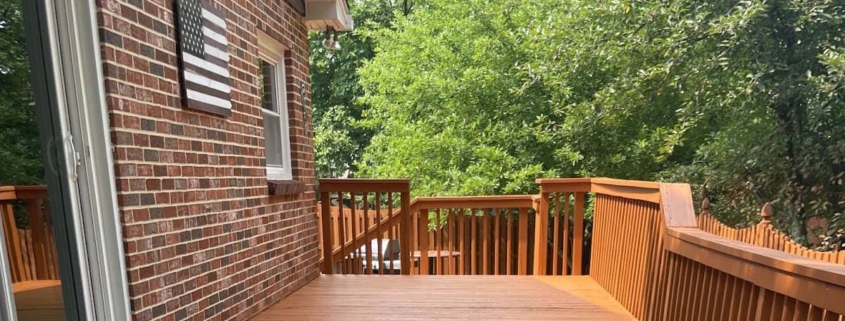
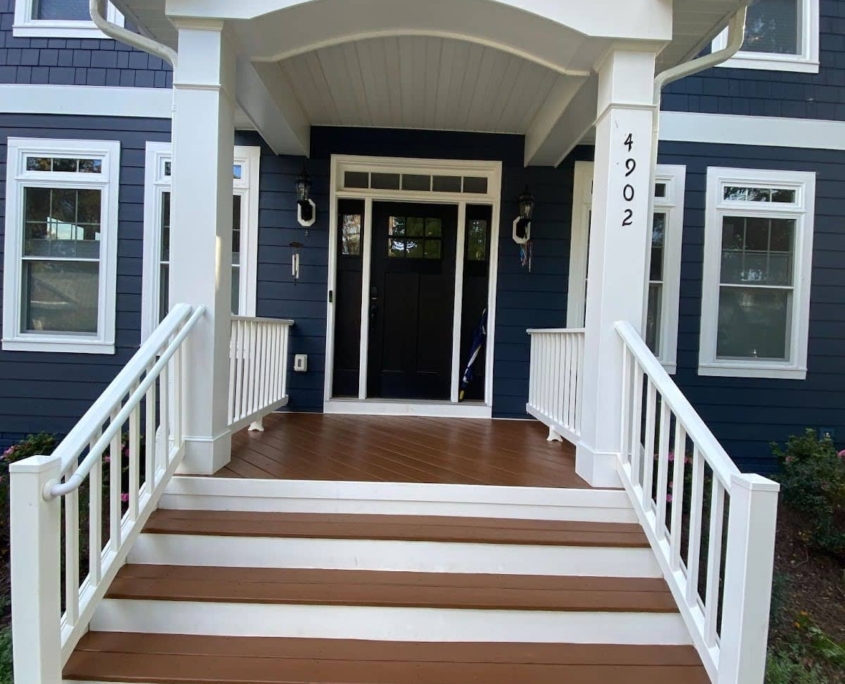


 Image: Freepik
Image: Freepik

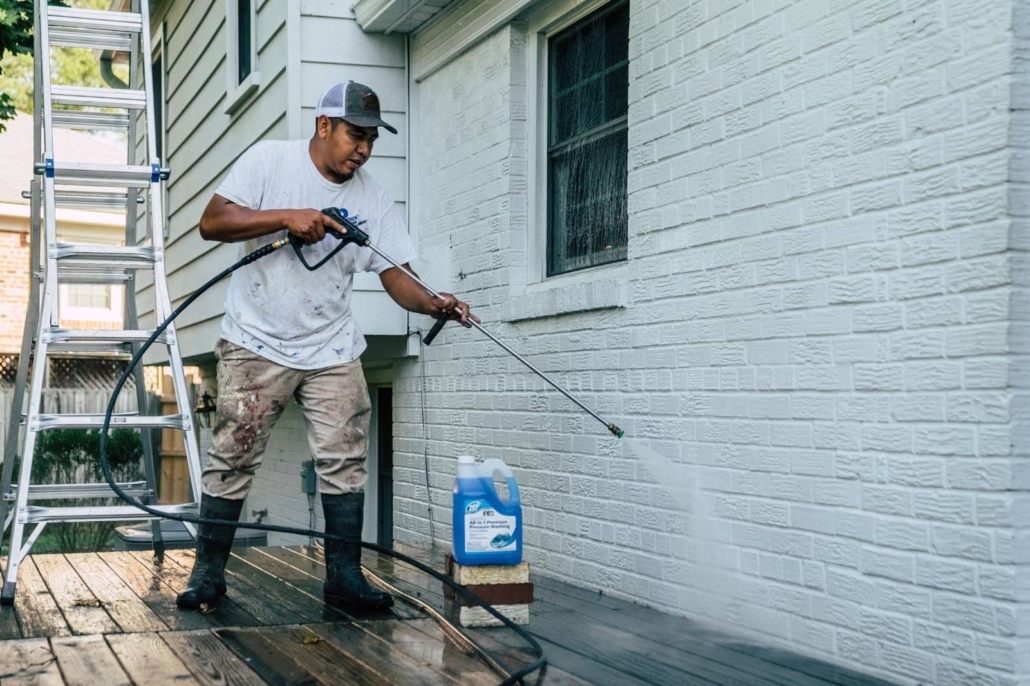
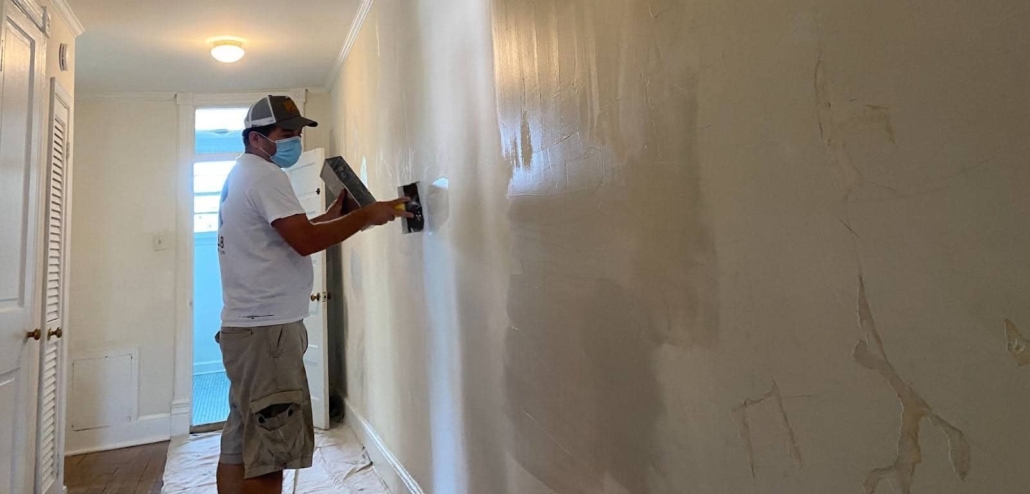
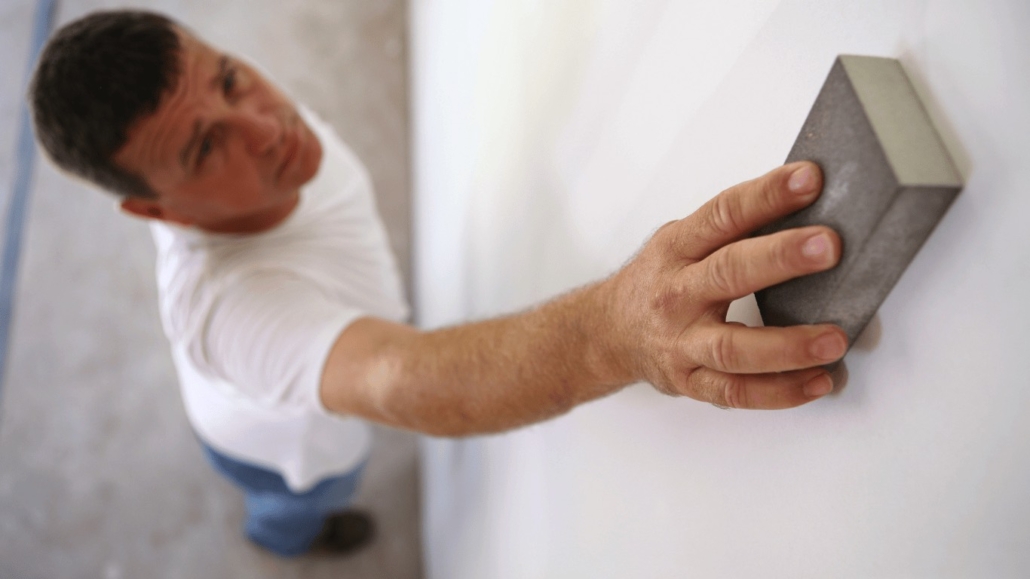
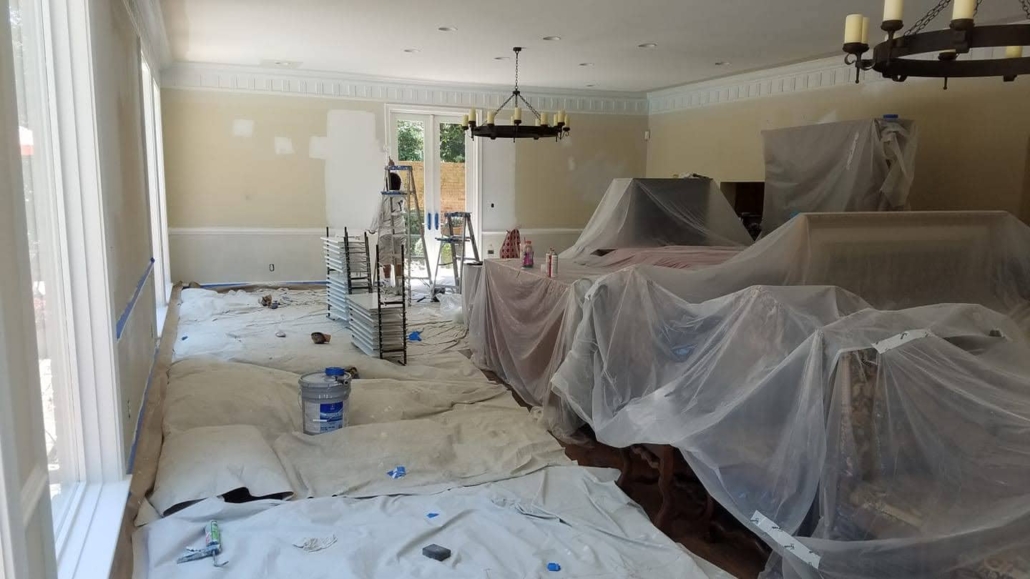
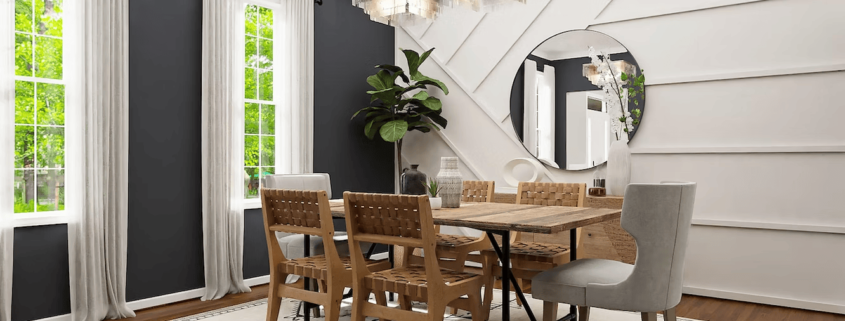

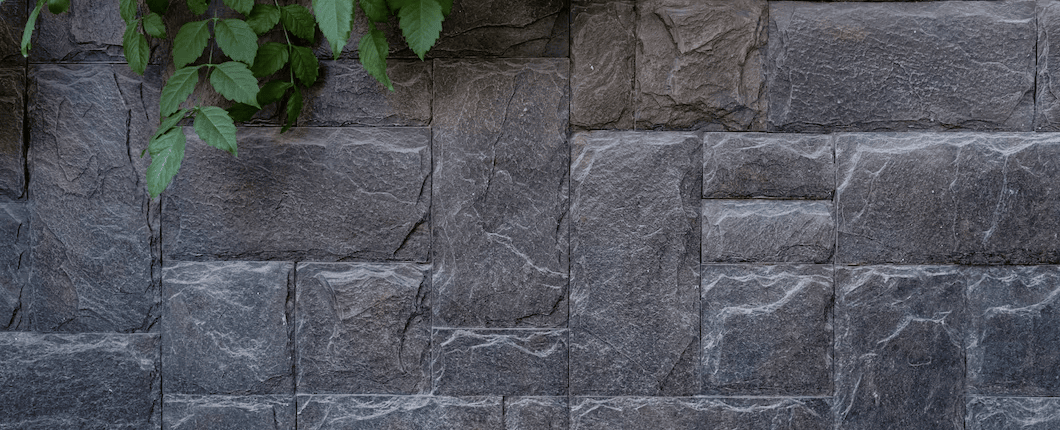
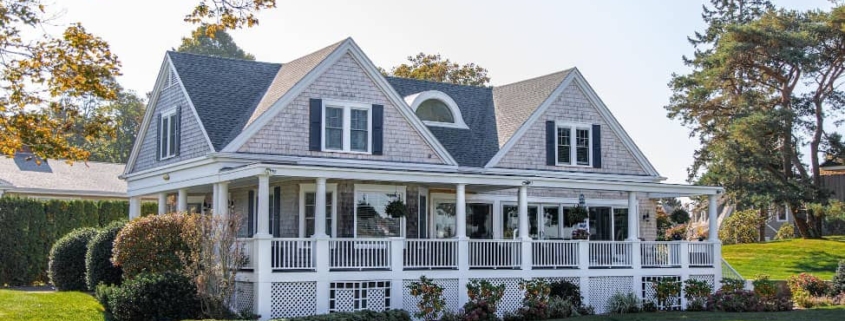 https://unsplash.com/photos/178j8tJrNlc
https://unsplash.com/photos/178j8tJrNlc